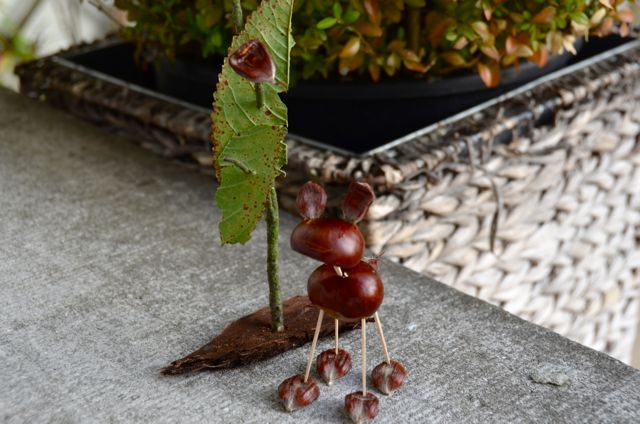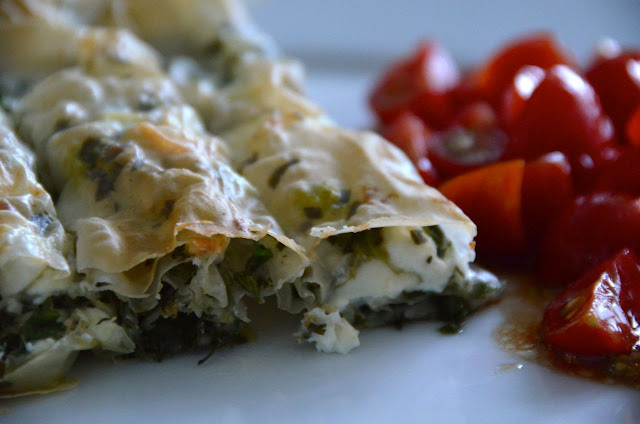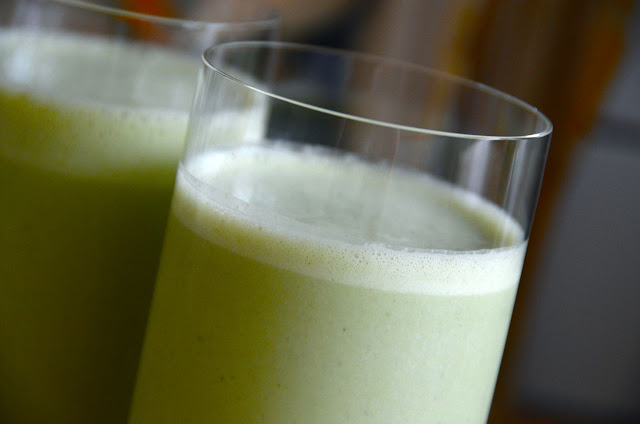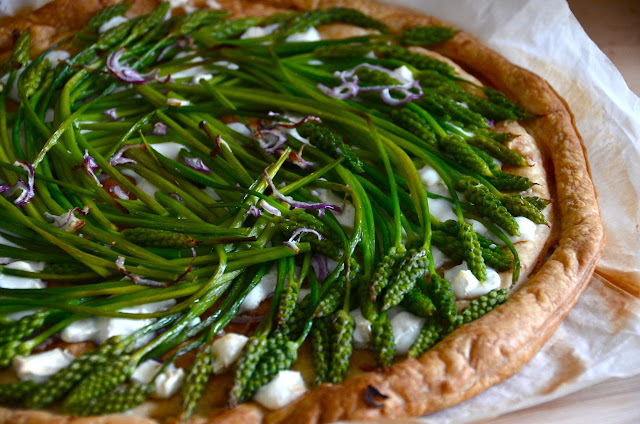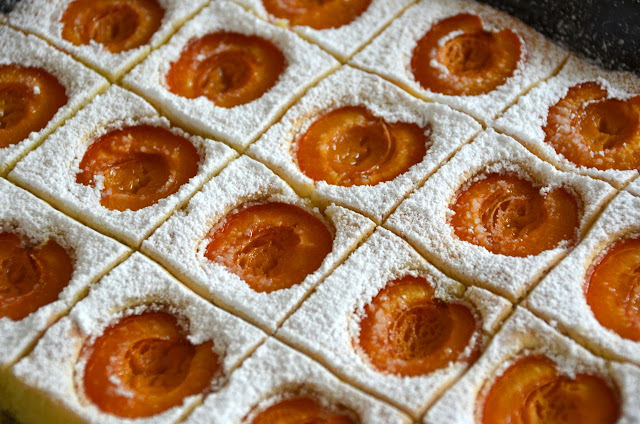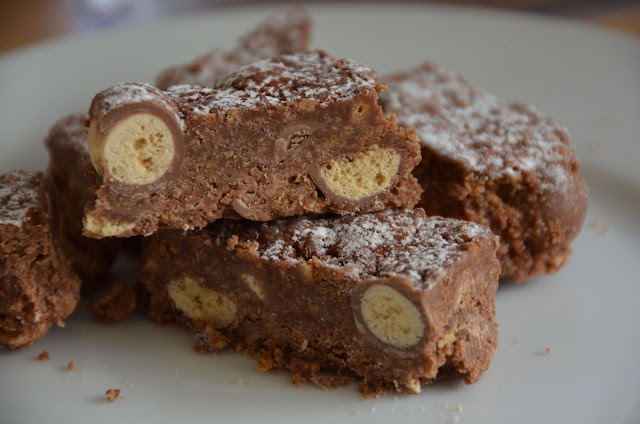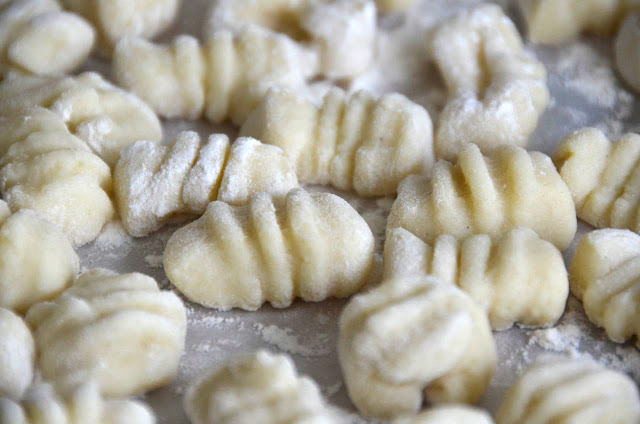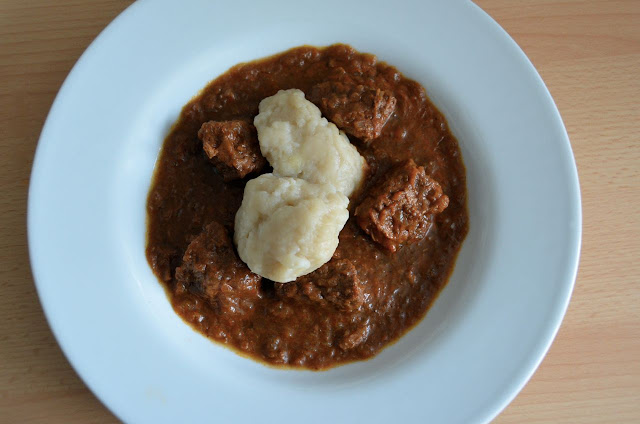Posts
Showing posts from 2012
ZWETSCHGENFLECK - AUSTRIAN PLUM CAKE - WITH AND WITHOUT STREUSEL
- Get link
- X
- Other Apps
MOROCCAN LAMB TAJINE WITH PRUNES AND APRICOTS
- Get link
- X
- Other Apps
SPUDS A LITTLE LESS ORDINARY: HASSELBACK POTATOES
- Get link
- X
- Other Apps
A CRUSH ON BASIL - PESTO ALLA GENOVESE
- Get link
- X
- Other Apps
WIENERSCHNITZEL or not WIENERSCHNITZEL...
- Get link
- X
- Other Apps





